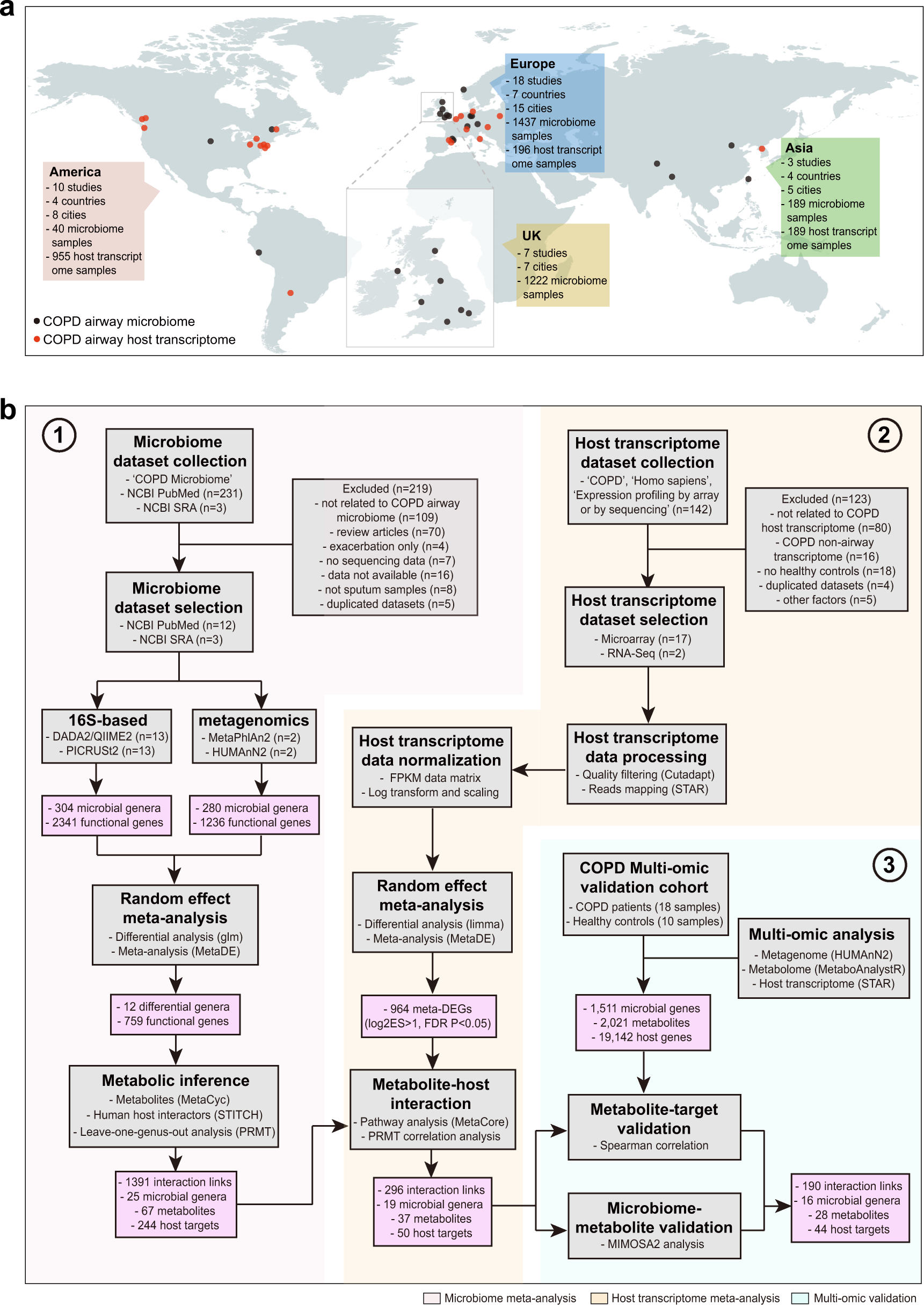

Simply locate your data type in a list and CMA will create the corresponding columns in the spreadsheet. By contrast, CMA allows you to enter almost any kind of data – it includes 100 formats for data entry similar to the three shown above. With any other program you would need to compute the effect size and variance for each study before proceeding to the analysis. Or, you have studies that reported an odds ratio and confidence limits. What if your studies reported data in some other format? Perhaps you have studies that reported only a p-value and sample size. Three examples (selected from more than a hundred options) are shown here. Or, you could enter means and standard deviations, and the program would compute the standardized mean difference. For example, you could enter events and sample size, and the program would compute the odds ratio. With CMA you enter whatever summary data was reported in the published study, and the program computes the effect size from that summary data. With CMA the process is fast and accurate In some cases, especially when studies present data in different formats, the process is also difficult and prone to error. This process of computing effect sizes is typically tedious and time-consuming. Or, if a study reports means and standard deviations, you might compute the standardized mean difference. For example, if a study reports the number of events in each group, you might compute the odds ratio. In every meta-analysis you start with the published summary data for each study and compute the treatment effect (or effect size). The program makes it easy to enter data for these studies, and offers a number of options for working with them in the analysis.Ĭompute the treatment effect (or effect size) automatically The program allows you to work with studies that report data for more than one subgroup, outcome, time-point, or comparison. What if I have multiple subgroups or outcomes within studies? Or, if you are currently using another program for meta-analysis, you can either copy data directly from that program or import it using a Wizard. You can type data directly into the spreadsheet, much as you would with any spreadsheet-based program.

The practical implementation of mitigation strategies will depend on proven long-term effects, economic feasibility, government policies, and consumer acceptance.Enter data directly or import data from other programs Specific practices within these main mitigation strategies effectively decreased CH4 emission without compromising animal productivity. Diet formulation decreased (P ≤ 0.01) CH4E (−7%), Ym (−10%), CH4 yield (−10%), and CH4 Ei (−10% and −8% for ADG and MY, respectively) and increased (P ≤ 0.01) DMI (+2%) and MY (+7%) but it also decreased NDFD (−3% P ≤ 0.01).

Daily CH4 emissions were analyzed in 783 mean comparisons, followed by number of mean comparisons in descending order by DMI (706), CH4 yield (598), ADG (376), Ym (354), CH4 Ei (260), MY (245), and NDFD (206). Significance was based on α = 0.05 with values adjusted for multiple comparisons. Mitigation effects were based on the relative mean ratio (treatment over control) to standardize effects across studies. A random-effects meta-analysis weighted by inverse variance was carried out (Comprehensive Meta-Analysis, V3.3.070). Mitigation strategies were classified into 3 main categories: animal and feed management, diet formulation, and rumen manipulation, and up to 5 subcategories (99 total mitigation strategy combinations, which are not discussed here). The database consisted of data reported in 437 published studies (1963 to 2018) using cattle (65% of the data) and small and other ruminants (35%). This meta-analysis examined the effects of mitigation strategies on enteric CH4 emission (CH4E, g/d), Ym (CH4 energy, % of gross energy intake), CH4 yield, CH4 emission intensity, DMI (kg/d), ADG (kg/d), MY (kg/d), and neutral detergent fiber digestibility (NDFD, %) in ruminants. 157 - 157.Ģ020 American Dairy Science Association Virtual Annual Meeting (ADSA), /Ībstract in scientific journal or proceedingsĮnteric methane - Mitigation - Meta-analysis Journal of Dairy Science 103 (2020)Suppl.1. Successful strategies to reduce enteric methane emission from ruminants: A meta-analysisĪrndt, C.


 0 kommentar(er)
0 kommentar(er)
